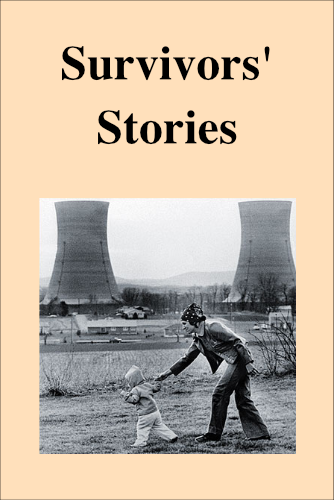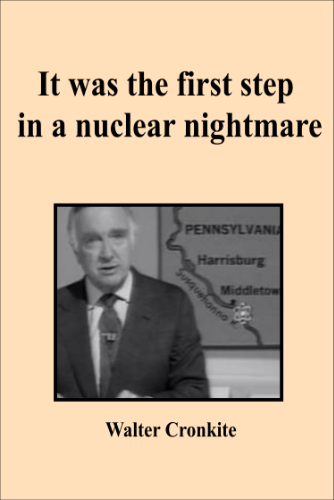The Zaporizhzhia Nuclear Power Plant (ZNPP) remains disconnected from the Ukrainian electricity grid and without external power for the 10th consecutive day, creating an increasingly "risky" situation, experts told the Kyiv Independent.
Russian President Vladimir Putin referenced the crisis at the ZNPP, which is under Russian control, in his Oct. 2 remarks at the Valdai International Discussion Club, again blaming Ukraine for the outage, despite evidence to the contrary, and threatening retaliatory strikes on Ukrainian nuclear power plants.
Beyond the escalating rhetoric, experts indicate that the danger at the plant, the largest nuclear power station in Europe, is real.
Ukraine’s state nuclear operator Energoatom warned that the diesel generators powering the plant are designed only for short-term emergency use and are not meant to sustain the plant’s operational needs for an extended period. A shutdown of these generators could result in a loss of control over the facility’s nuclear safety systems.
President Volodymyr Zelensky described the situation at the Zaporizhzhia plant as "critical" on Sept. 30. Diesel generators are now supplying power to the plant, but one has already failed, he said.
Najmedin Meshkati, a professor of civil/environmental engineering, industrial and systems engineering and international relations at the University of Southern California, also confirmed that diesel generators "are not designed to be run in such a sustained period of time."
"It’s a risky situation because emergency generators are big machines, and they could easily break down. They are reliable, but at the same time, (require) a high-maintenance type of machinery due to their wear and tear," Meshkati said.
"I would not be surprised if some of them break down after this length of period of being in operation," he added.
Ukraine’s Energy Ministry told the Kyiv Independent that the situation is further complicated by Russia’s failure to carry out scheduled repairs and maintenance, which increases the risk of diesel generator failure and threatens a shutdown of the nuclear fuel cooling system and failure of critical safety systems. This could lead to a nuclear or radiation accident.
"The potential consequences of the failure of safety systems at the ZNPP will be transboundary and pose a danger not only to Ukraine but also to many European countries," a spokesperson said.
"No nuclear power plant in the world has ever been in the same situation as the ZNPP, and it is impossible to predict anything," the spokesperson added.
’Very precise sabotage’
The ZNPP has been under Russian occupation since March 2022. The six reactors were shut down a month after Moscow’s occupation, but the facility still requires electricity to maintain cooling and prevent a nuclear incident.
Russian troops reportedly struck a power line on Sept. 23, severing the plant’s connection to Ukraine’s electrical grid. This marks the 10th and longest blackout at the plant since Russia’s full-scale invasion began in 2022.
While Russian state media blame Ukraine for the strike, Greenpeace Ukraine published an investigation on Oct. 1, saying that there is no evidence of any military strikes around the pylons and power line network at the ZNPP. Greenpeace nuclear expert Jan Vande Putte told the Kyiv Independent that Russia can repair the line "in a matter of hours."
"But they don't do that. They created the crisis, and they want to manage it as a political strategy. It's a very precise sabotage," Vande Putte said.
President Volodymyr Zelensky expressed a similar sentiment, writing in an Oct. 1 social post that "Russia is deliberately creating the threat of radiation incidents, taking advantage, unfortunately, of the weak position of the IAEA and its director, Rafael Grossi, as well as the distraction of global attention."
Zelensky's statements came after a Russian attack on an energy facility in the town of Slavutych in Kyiv Oblast, which caused a several-hour blackout at the Chornobyl Nuclear Power Plant on Oct. 1.
’Nuclear blackmail’
While ZNPP "is not going to blow up tomorrow," the situation is serious in a long-term perspective, Vande Putte said.
"They (Russians) can let the crisis get worse. (...) They can move closer and closer to that point over the coming week, and to have that kind of nuclear blackmail. That's their strategy," he added.
Dmytro Orlov, Energodar mayor, who lives in Ukraine-controlled territory, told the Kyiv Independent that at the start of the Russian occupation, the power plant remained fully operational.
"But they pressured the staff to the point that there was almost no one left to work there," he said. "All the equipment was shut down, is not being repaired, and is deteriorating. And the station has been turned into a military base."
"The nuclear power plant is no longer used as an energy facility, but is used exclusively for military purposes, and the goal is clear — international pressure. The occupiers are doing this (provocations) to use nuclear blackmail against the whole world," Orlov added.
An investigation by the Truth Hounds and Greenpeace Ukraine published on Sept. 24 detailed Rosatom's role in pressuring plant staff, including torture, "including beatings, electrocution, sexual violence, mock executions, and threats to family members of detainees." Rosatom, the Russian nuclear giant, became ZNPP’s operator after the occupation.
The report indicated that 78 staff members were unlawfully detained, while six were "tortured to death."
Meshkati suggests that Russia’s actions at the power plant could be a negotiating tactic.
"Nuclear plants are too important to be used as a bargaining chip or for political horse-trading or power plays. They are really too dangerous. If something goes wrong, everybody, the friend and foe, will be hurt equally," Meshkati said.
Foreign Minister Andrii Sybiha said on Oct. 2 that Russia deliberately cut power to the Zaporizhzhia nuclear power plant as it's preparing to reconnect the facility to its own energy system.
Greenpeace Ukraine published a report on Sept. 27 that used satellite imagery and Rosatom’s reports indicating that Russia wants to restart one of the reactors, and reconnect the grid to the occupied territories and eventually to the Kremlin.
Vande Putte also suggests that Russia’s motivation is based "not so much for electricity reasons, but for military and political reasons."
It's the way for them to say clearly "this is Russian territory, it's our nuclear power plant," Vande Putte said.
EU reaction
In a statement issued by the International Atomic Energy Agency (IAEA), chief Rafael Grossi said that the U.N. agency is "in constant contact with the two sides with the aim to enable the plant’s swift re-connection to the electricity grid."
The EU has called on Russia to "immediately cease all military operations around the nuclear plant" and enable the repairs. In a Sept. 30 statement, the bloc's diplomatic service denounced Russian occupation of the plant as illegal and urged Moscow to withdraw its forces.
The Zaporizhzhia plant has faced repeated safety concerns since Russia’s invasion, including power outages, nearby shelling and staffing shortages. A monitoring mission from the International Atomic Energy Agency (IAEA) has been stationed at the ZNPP since September 2022, but Russian authorities have frequently restricted its access.



























